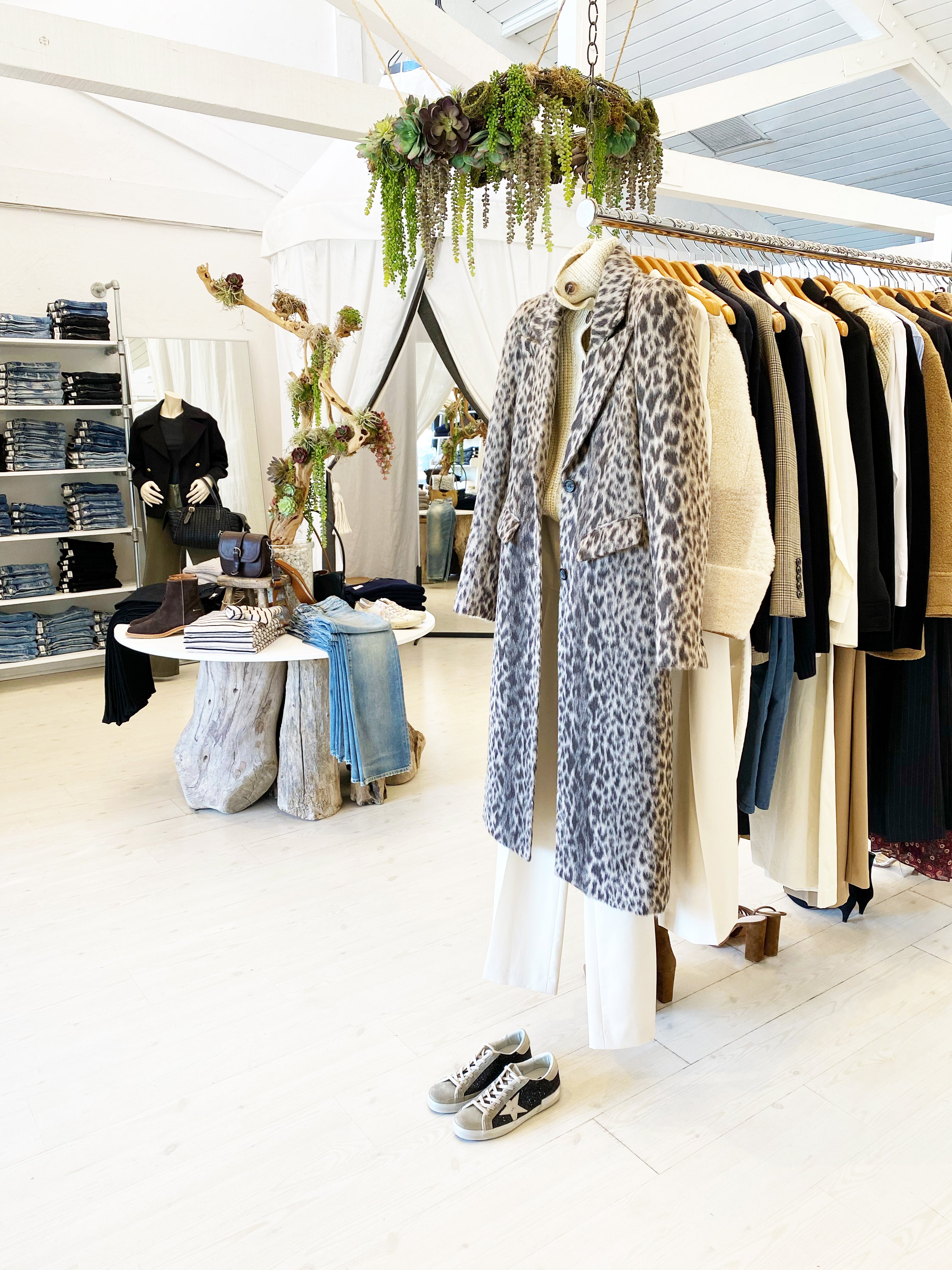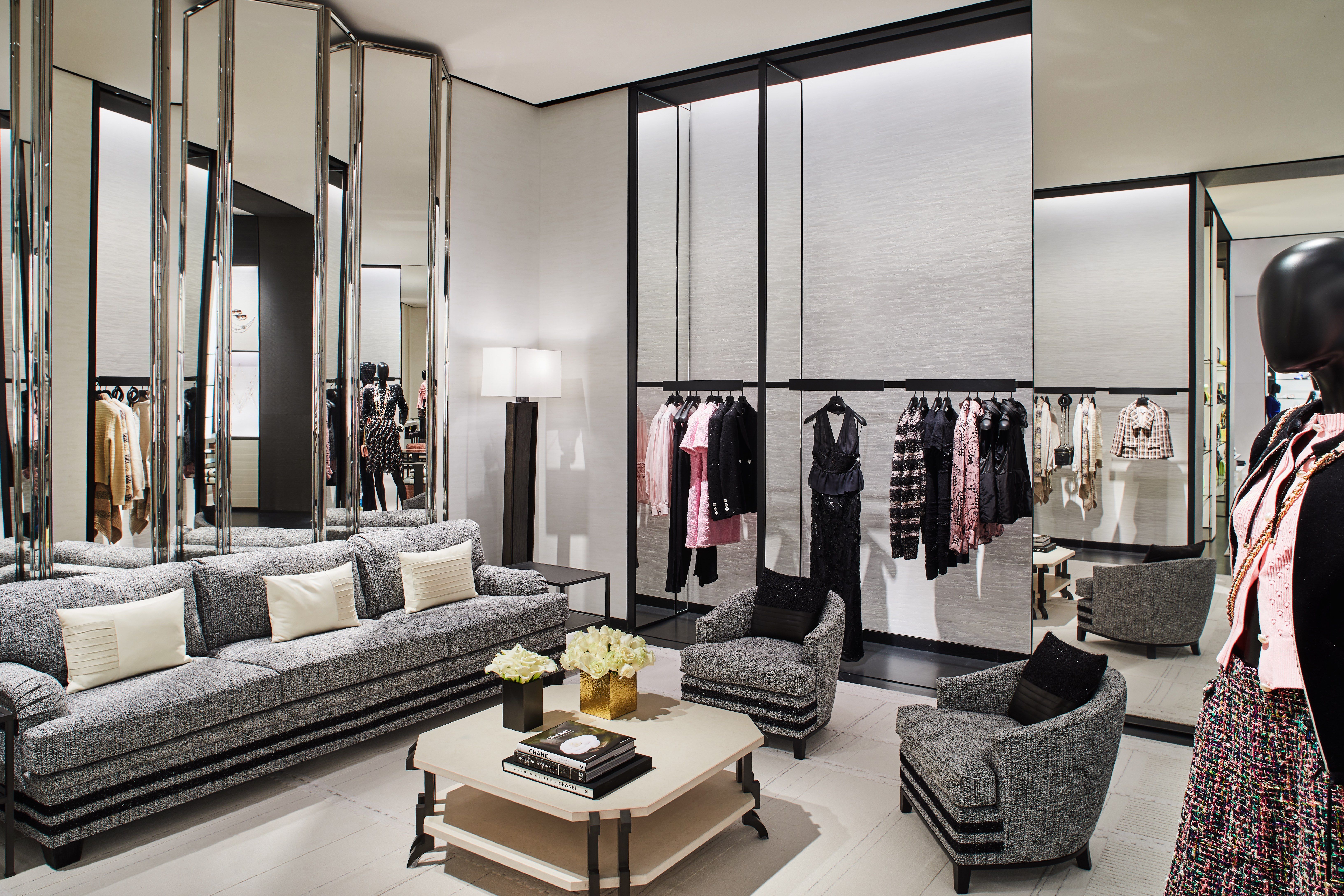A Newbie's Guide to Navigating the Boutique Fashion Scene
Wiki Article
A Deep Study the World of High-Fashion Runways: Recognizing Clothes as Art
High-fashion paths have actually become sectors where apparel transcends its utilitarian beginnings, advancing right into an innovative kind of imaginative expression. Designers, a lot like skillful musicians, weave complex narratives through material, kind, and shade, testing conventional norms and redefining appeal standards. These shows are greater than simple display screens; they are immersive experiences, where every stitch and joint narrates rich with cultural importance and progressive development. As we explore these sartorial spectacles, we must consider: what function does style play in shaping social values, and how does it show the ever-changing tapestry of human feeling and identification?The Evolution of Runway Shows
The trajectory of path programs has actually transformed substantially over the decades, evolving from special sector occasions to captivating spectacles that mix fashion with art. Commonly, runway shows made love events, kept in ateliers or little places, mainly attended by buyers and industry experts. These very early presentations focused on the garments' workmanship and business feasibility, supplying a direct and sensible screen of seasonal collections.As the apparel industry expanded, the nature of path programs began to alter. The 1970s and 1980s marked a turning point, with designers seeking to identify themselves with even more theatrical presentations. This era saw the rise of intricate sets, choreographed models, and thematic stories, proclaiming a brand-new age where the runway ended up being an experiential platform. The shows transformed into a kind of narration, where each collection shared a distinctive narrative or idea.
Recently, innovation and social media sites have actually even more reinvented path programs, making them obtainable to an international audience. Livestreaming and electronic systems have equalized style, allowing fanatics worldwide to witness these events in real-time (boutique fashion). This evolution mirrors a wider social shift, where high-fashion runways offer as a vibrant intersection of performance, advancement, and design
Designers as Enthusiast Artists
Developers in the high-fashion market have obscured the lines in between practical garment production and the theoretical world of art. By embracing artistic self-controls such as sculpture, paint, and progressive installations, developers craft garments that challenge typical fashion standards and elevate them to art types.Visionary designers attract inspiration from a myriad of sources, consisting of abstract art, historic recommendations, and individual narratives. They have a distinct capacity to envision and emerge ideas that push the borders of traditional fashion, usually redefining aesthetic standards in the procedure. This imaginative resourcefulness is showcased via remarkable silhouettes, cutting-edge products, and elaborate craftsmanship, which invite audiences to experience fashion as more than just wearable products.
In addition, the runway works as a canvas for these artists, where lights, songs, and set design coalesce to produce immersive experiences. These discussions are not simply screens of clothing but are managed efficiencies that evoke emotion and provoke idea, attesting the designer's role as a true musician in the contemporary social landscape.
Social Influences in vogue
Cultural tapestry weaves its elaborate patterns right into the fabric of style, affecting designers around the world. The vibrant interchange of cultural stories, traditions, and icons educates and motivates collections that grace high-fashion paths. Developers diligently attract from their heritage or engage with cultures unique from their own, crafting garments that serve as aesthetic stories. This social dialogue not just enhances the aesthetic diversity yet additionally cultivates a deeper understanding and recognition of worldwide identities.The influence of society on fashion is frequently seen in the reinterpretation of conventional garments and patterns. For instance, the use of Japanese robes, Indian saris, or African prints in contemporary fashion reflects a mix of cultural authenticity and contemporary looks. Designers such as Valentino's Pierpaolo Piccioli and Alexander McQueen's Sarah Burton have actually been understood to incorporate rich social motifs into their couture collections, equating background into wearable art.

Advancement in Textile and Style
Technology in textile and design regularly improves the landscape of high-fashion, pushing boundaries and redefining possibilities. In recent times, technical innovations have substantially added to this evolution, presenting products that test conventional assumptions. Textiles ingrained with wise fibers, with the ability of changing shade or regulating temperature level, are no much longer confined to the world of sci-fi. Developers are progressively exploring the combination of innovation, such as 3D printing, which permits the development of complicated frameworks that were previously inconceivable.learn this here now Moreover, sustainability has come to be a critical theme in fabric development. The fashion business is experiencing a surge in making use of eco-friendly products, originated from recycled plastics, natural fibers, and also naturally degradable elements. These developments not only offer brand-new appearances and aesthetic appeals however also address critical environmental concerns. Designers are embracing these materials to craft garments that are both aware and aesthetically striking of their eco-friendly footprint.
In terms of layout, progressive shapes and experimental kinds are constantly changing the path. By including sophisticated methods and non-traditional materials, designers grow garments that blur the line in between fashion and art, setting brand-new criteria for creativity and expression in the high-fashion sphere.
Effect of Style on Culture
Style wields a profound influence on culture, working as both a representation of cultural identification and a catalyst for social adjustment. Via its development, style has mirrored social shifts, encapsulating the zeitgeist of numerous periods. The flapper outfits of the 1920s embodied a newly found sense of women's freedom, while the bold prints of the 1960s echoed the advanced spirit of the time. High-fashion paths, particularly, act as systems for challenging norms and redefining elegance criteria. Designers use these venues to deal with pushing social problems, from sustainability to diversity, thus forming public discussion.Furthermore, fashion has the power to bridge social gaps, fostering understanding and appreciation among varied teams. As globalisation increases, the cross-cultural exchange of fashion concepts becomes significantly significant, advertising inclusivity and variety. The rise of streetwear, stemming from urban subcultures, highlights exactly how fashion can transcend socio-economic limits, giving people a way of self-expression and empowerment.
Essentially, fashion is not just regarding aesthetic appeals; it is a vibrant force that affects worths, mindsets, and societal progress (boutique fashion). By constantly communicating with social and social currents, fashion stays an essential part of the collective human experience

Verdict
Developers, similar to visionary artists, coordinate collections that reflect identification, feeling, and social narratives, testing conventional looks. This crossway of fashion and creativity not just mesmerizes audiences globally however additionally influences social assumptions and promotes a much deeper appreciation for cultural variety.
Social tapestry weaves its elaborate patterns into the fabric of fashion, influencing designers globally.Fashion wields a profound impact on society, serving as both a representation of cultural identification and a driver for social adjustment.
Report this wiki page